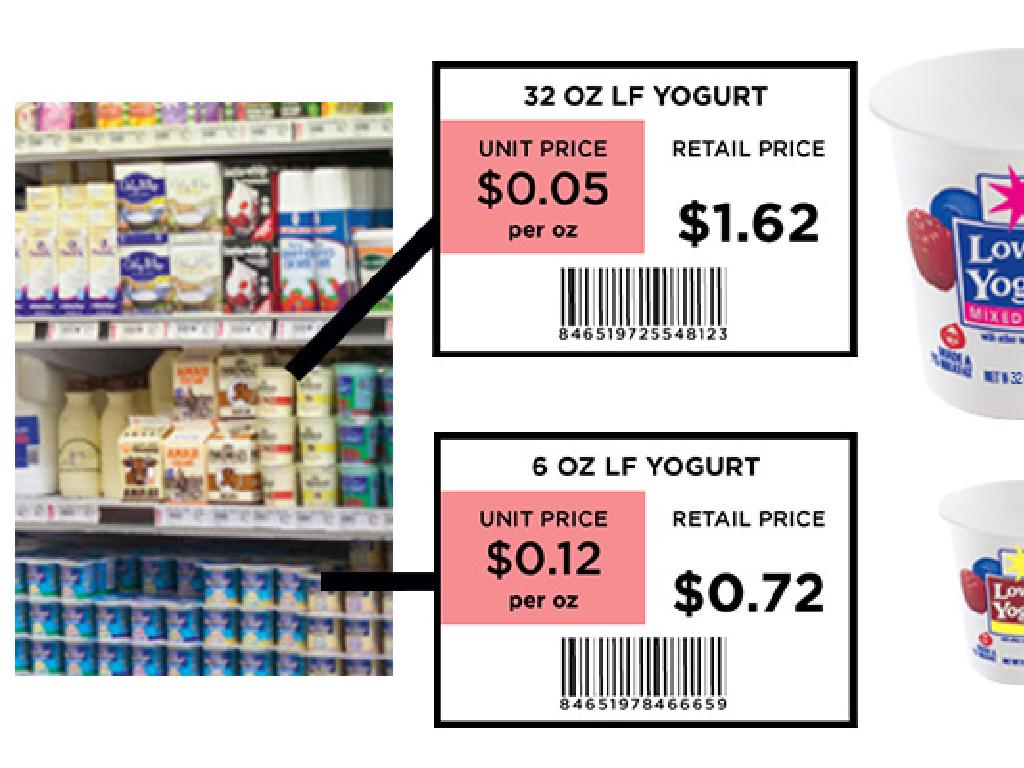Is (X, Y) A Solution To The Nonlinear Equation?
Subject: Math
Grade: Eighth grade
Topic: Nonlinear Functions
Please LOG IN to download the presentation. Access is available to registered users only.
View More Content
Exploring Nonlinear Functions
– Define nonlinear functions
– A function with a graph that’s not a straight line
– Contrast with linear functions
– Linear functions have a constant rate of change, unlike nonlinear
– Real-world nonlinear examples
– Examples: growth of plants, amusement park rides
– Checking solutions for nonlinear equations
– Substitute (x, y) into the equation to verify if it holds true
|
Begin with a definition of nonlinear functions, emphasizing that their graphs are not straight lines. Highlight the key differences between linear and nonlinear functions, particularly focusing on the variable rate of change in nonlinear functions. Provide real-life examples that students can relate to, such as the growth of a plant or the path of a roller coaster, to illustrate the concept. Finally, teach students how to check if a given pair of values (x, y) is a solution to a nonlinear equation by substituting the values into the equation and seeing if the equation is satisfied. This will prepare them for solving nonlinear equations in practice.
Exploring Nonlinear Equations
– Define nonlinear equation
– An equation with variables that don t form a straight line when graphed
– Characteristics of nonlinear equations
– They can have exponents, curves, and multiple y-values for a single x-value
– Examples of nonlinear equations
– y = x^2, y = x, and y = e^x are common examples
– Checking solutions for (x, y)
– Substitute (x, y) into the equation to verify if the sides equal
|
This slide introduces students to the concept of nonlinear equations, which are fundamental in understanding complex mathematical relationships. Nonlinear equations are distinguished from linear equations by their graphed shapes, which are curves rather than straight lines. Characteristics include the presence of exponents, square roots, or other operations that result in a non-straight line graph. Provide examples like quadratic equations, square root functions, and exponential functions to illustrate the concept. Teach students how to check if a pair of values (x, y) is a solution to a given nonlinear equation by substitizing the values into the equation and checking if the equation holds true. Encourage students to practice with different equations and coordinate pairs to solidify their understanding.
Graphs of Nonlinear Functions
– Identifying nonlinear functions
– Nonlinear functions curve, unlike straight lines of linear functions.
– Influence of exponents and coefficients
– Exponents stretch or shrink the graph, while coefficients shift it.
– Graph a simple nonlinear function
– Use values of x to calculate y and plot the points.
– Class activity: Graphing together
– We’ll graph y = x^2 as a class to understand the shape.
|
This slide introduces students to the concept of nonlinear functions and their representation on graphs. Emphasize that nonlinear functions are not straight lines and typically involve exponents. Explain how exponents can stretch or shrink the graph, and how coefficients can move it up, down, left, or right. During the class activity, guide students through plotting points for the function y = x^2 to see the parabolic curve that forms. This will help them visualize how changing values of x affect y and the overall shape of the graph. Encourage students to participate and ask questions throughout the activity.
Is (x, y) a Solution to the Nonlinear Equation?
– Understanding solutions for (x, y)
– A solution makes the equation true when x and y are substituted.
– How to substitute (x, y) into equations
– Replace x and y in the equation with the pair’s values.
– Worked example with (x, y) pair
– Example: For equation y = x^2 + 3, is (2, 7) a solution?
– Verifying the solution
– Check if the equation is true after substitution.
|
This slide introduces the concept of solutions to nonlinear equations in the context of coordinate pairs (x, y). Begin by explaining that a solution is a set of values for x and y that satisfy the equation. Demonstrate how to substitute the values of x and y into the equation to determine if they make the equation true. Use a worked example, such as substituting (2, 7) into the equation y = x^2 + 3, to show the process step-by-step. Finally, discuss how to verify if the substituted values satisfy the equation, confirming that (2, 7) is indeed a solution because 7 = 2^2 + 3. Encourage students to practice with additional examples and verify solutions on their own.
Nonlinear Equation Solutions: Group Activity
– Identify solutions for equations
– Group activity: solve assigned problems
– Each group gets a unique nonlinear equation to solve
– Discuss solutions collectively
– Groups explain their problem-solving approach
– Understand solution verification
– Learn to check if (x, y) pairs satisfy the equation
|
This slide is designed for a class activity focused on solving nonlinear equations. Students will work in groups to identify whether given (x, y) pairs are solutions to their assigned nonlinear equations. After solving, groups will discuss their findings with the class, explaining their methods and reasoning. This collaborative approach not only reinforces the concept of solutions to nonlinear equations but also enhances problem-solving and communication skills. As a teacher, facilitate the activity by ensuring each group understands their task, provide guidance as needed, and encourage a thorough explanation during the discussion phase. Possible activities include solving equations graphically, substituting values, and verifying solutions. This will help students grasp the verification process of solutions in nonlinear contexts.
Class Activity: Exploring Nonlinear Functions
– Partner up for equation solving
– Receive equations and coordinate pairs
– Test if pairs solve the equations
– Substitute ‘x’ and ‘y’ in the equation to check if it holds true
– Present solutions to the class
– Explain how you determined the solutions
|
This activity is designed to provide hands-on experience with nonlinear equations. Students will work in pairs to foster collaboration. Each pair will be given a set of nonlinear equations along with coordinate pairs to test as potential solutions. They will substitute the ‘x’ and ‘y’ values into the equations to determine if they satisfy the equation. After solving, students will present their findings, explaining the process they used to determine whether the given pairs are solutions. For the teacher: Prepare diverse sets of equations and coordinate pairs to ensure a comprehensive understanding. Consider including equations of different types, such as quadratic, cubic, and radical equations. Have additional practice problems available for early finishers, and be ready to assist pairs that may struggle with the concept.
Wrapping Up: Nonlinear Functions
– Recap: Nonlinear Functions
Reviewed how to determine if (x, y) is a solution
– Significance in math & life
Understanding these concepts is crucial for advanced math topics and real-world applications
– Homework: Practice problems
Solve assigned problems to reinforce today’s lesson
– Be prepared to discuss solutions
|
As we conclude today’s lesson, it’s important to review the key concepts of nonlinear functions and how to verify solutions. Emphasize the relevance of these equations in higher-level math and their practical applications in fields like engineering, economics, and physics. For homework, students should solve additional problems to solidify their understanding. This practice will also prepare them for the next class, where they will be expected to discuss the solutions and the strategies they used to arrive at them. Encourage students to approach the homework with the same critical thinking skills they’ve applied in class.






